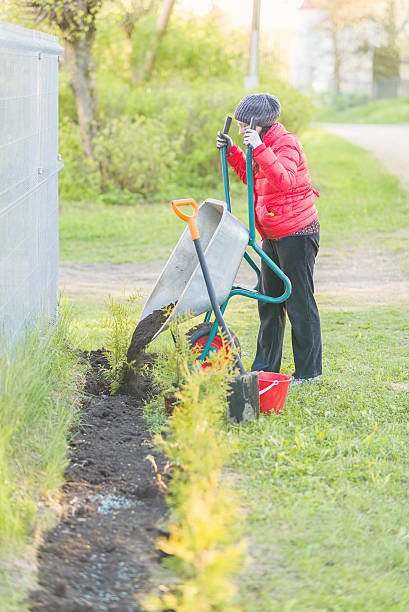The notion of a bridge covered in plants and trees spanning the river did have some merit. But it needed to be in the right place, with the right design, and the project needed to generate support from local Londoners. Thomas Heatherwick’s proposal appeared to lack awareness of this.
Nonetheless, the Garden Bridge’s failure shouldn’t be an excuse to rein in our ambitions. In order to deliver more innovative urban greening in London and beyond, there remains value in thinking bigger, bolder, and greener.
To actually deliver visions of such urban oases, we should continue to dream. But we must also be realistic. Long before such a project even makes it onto the drawing board, architects, politicians, and the public need to agree on certain vital questions. Who will eventually own it? How will it be funded? And who will be able to access it?
Don’t do this. The Garden Bridge Trust
The Garden Bridge was an example of what not to do. A lack of transparency led to approximately PS37m of taxpayer funding being lost in the project; the level of private financing lost remains unknown. Likewise, the pseudo-public nature of the bridge would have restricted access for groups, cyclists, and buskers, instead providing a corporate space underwritten by ongoing public investment.
But this sort of thing can work, and there are many examples where derelict or brownfield land in urban centers has been transformed into multi-functional public spaces. Millennium Park, in the heart of Chicago, was built on a former rail yard and car park. The High Line in New York turned a disused elevated train line into a garden, and there are similar projects in Atlanta and Seoul. Each brought disused transport infrastructure back into public use.
All aboard the High Line. MikeDotta / Shutterstock
There’s now a clamor among cities across the world to develop the “next” High Line – the latest proposal being a “Camden Highline” in north London. Such enthusiasm to follow the success of New York illustrates how cities want their brands to be associated with projects that are innovative yet also green and sustainable.
Get locals on board.
One of the big ideas behind the Garden Bridge was to create such an oasis in one of the world’s busiest and most polluted cities. Where successful interventions have occurred, they have been achieved with community (public and business) backing. The redevelopment of the Historic 4th Ward Park in Atlanta or the Cheonggyecheon River restoration project in Seoul would be very different projects without public support. Likewise, the Olympic Park site in London is largely publicly accessible 24/7, making it a multi-functional and valuable public space.
Opened in 2005, Cheonggyecheon is an 11-mile-long park that follows a river through central Seoul. Ken Niphon / Shutterstock
Even in Milan, where the Bosco Verticale – a pair of tree-covered skyscrapers – shows the architectural merit of innovation on private property, it is complemented by a new public park, allotments, and communal spaces. What each of these projects does is to find a balance between funding, ownership, and access, which helps to limit conflicts over use.
Future projects should, therefore, take notice of what these investments got right and what the Garden Bridge got wrong. Developing truly valuable parks and open spaces is a delicate process. It requires a mixture of funding from public and private sources but should not be held hostage to the demands of private investors.
Publicly-funded projects need to meet the needs of the public and should reflect both local community and wider city-level aspirations. This may mean negotiating a prize-winning design for a more intuitive space that is functional for older people, families, or children. The Maggie Daley Park in Chicago is an excellent example of this.



